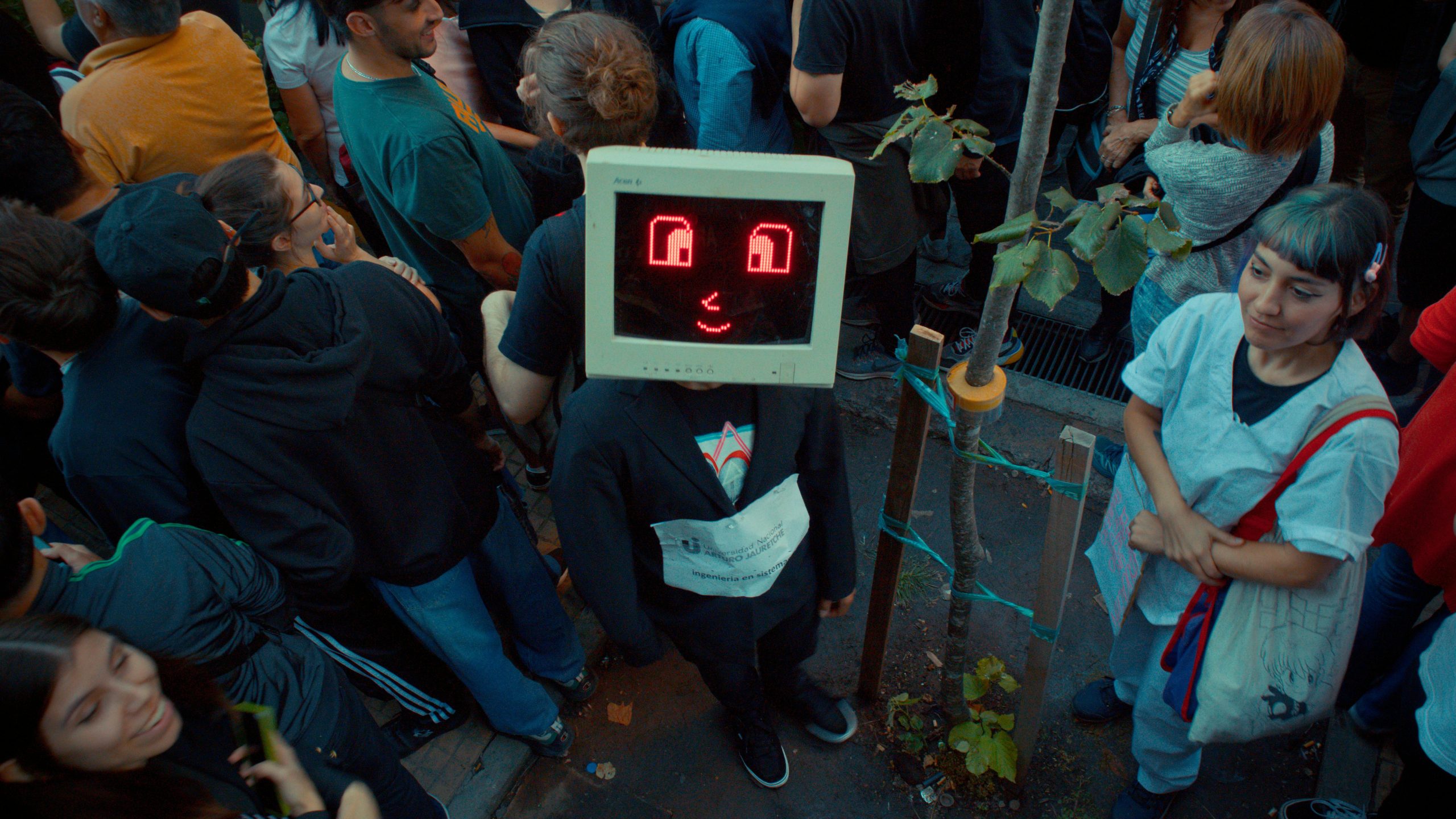Understanding Screen Stutter in 3D Gaming: Causes and Solutions
Are you experiencing unusual screen stuttering while gaming? If so, you’re not alone. Many gamers encounter a peculiar issue where one half of their screen updates while the other does not, particularly during 3D games. This can severely impact your gaming experience, making it frustrating and difficult to progress in your favorite titles.
What Causes Screen Stutter?
Screen stuttering can arise from a variety of factors, including:
-
Graphics Card Performance: Your graphics card may struggle to keep up with the demands of 3D rendering, especially if it’s an older model or experiencing overheating issues.
-
Synchronization Issues: V-Sync (vertical synchronization) settings could cause one half of the screen to lag behind the other, leading to a noticeable stutter.
-
Driver Problems: Outdated or corrupted graphics drivers can hinder optimal performance and compatibility with modern games.
-
Game Settings: High graphics settings may overwhelm your system, leading to inconsistent frame rates and visual glitches.
-
Monitor Refresh Rates: If your monitor’s refresh rate is misconfigured or incompatible with your graphics card, it can contribute to a disjointed visual experience.
Troubleshooting Tips
If you’re facing screen stutter in 3D games, here are some steps you can take to potentially resolve the issue:
-
Update Your Graphics Drivers: Ensure you have the latest drivers for your graphics card. Manufacturers frequently release updates that can improve performance and stability.
-
Adjust Graphics Settings: Experiment with lowering some of the graphical settings in your games. This can alleviate strain on your hardware and provide smoother gameplay.
-
Check V-Sync Settings: Toggle V-Sync on or off to see if it makes a difference. Some players find that disabling it resolves stuttering issues.
-
Examine Hardware Performance: Monitor your system temperatures and resource usage during gameplay. If your GPU or CPU is overheating, consider cleaning your hardware or upgrading cooling solutions.
-
Verify Monitor Settings: Make sure your monitor is set to the correct refresh rate in your display settings.
If these steps don’t resolve the problem, you might want to seek additional help on gaming forums or consult with technical support. Remember, experiencing issues like these is a common part of gaming, and with a little troubleshooting, you can enhance your gaming experience significantly.
Feel free to share your own experiences or solutions in the
Share this content:




Helpful Tips for Resolving Screen Stutter in 3D Gaming
Dealing with screen stutter can be quite frustrating, but there are several effective troubleshooting steps you can try:
If these suggestions don’t resolve the problem, consider reaching out to the game’s support team or your hardware manufacturer.